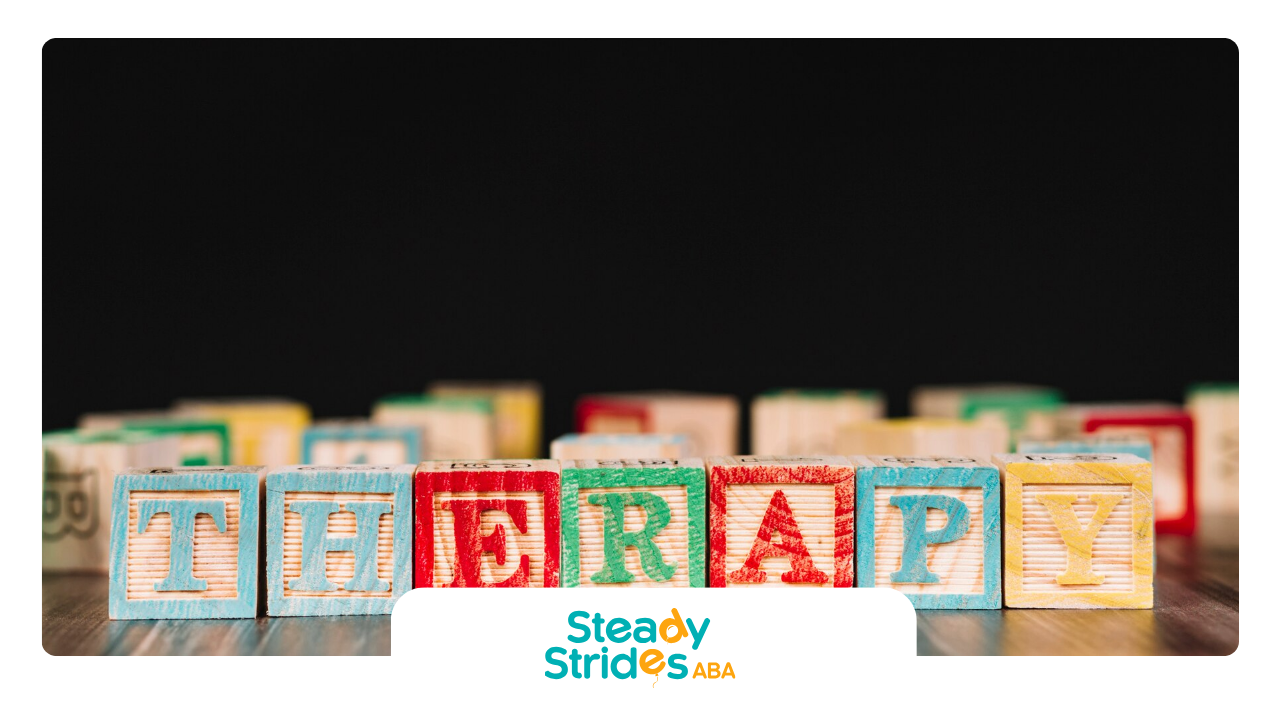Discovering Ways to Empower Those with Autism
Looking for ways to empower those with autism can be a real game-changer for families and individuals needing a bit of extra support and encouragement. This section is all about shining a light on standout groups and programs that are making strides in the world of autism empowerment.
Groups Supporting People with Autism
Autism Empowerment
Autism Empowerment is all about teaming up with buddies who share their passion, aiming to spread good vibes far and wide in the autism community. As a non-profit, they count on folks' help to roll out the welcome mat and create spaces where everyone feels at home. If you're curious to learn more, check out their official website.
| Organization Name | Mission | Location |
|---|---|---|
| Autism Empowerment | Encourage inclusivity and back the autism community | Vancouver, WA |
Understanding Autism Spectrum Resources
Cracking into autism resources is crucial for parents and folks on the spectrum. These nuggets of wisdom are like a toolkit, packed with all you need to spur growth and achieve success.
Resources for Parents and Family Members
Parents and family of autistic kids need specific stuff to really "get" what their loved ones are going through. For starters, Autism Parenting Magazine is a gem. It's a free trough of info specifically for parents with autistic kids. The guide digs into handling behaviors, boosting communication, and finding the right schooling vibes.
Teaming up with schools and experts is also massive. Public schools must whip up the right kind of atmosphere and strategies to help children with Autism thrive. This teamwork keeps support going strong and helps with personal education goals through something called IEPs (Individualized Education Programs).
| Resource Type | Description |
|---|---|
| Autism Parenting Magazine | Free guide on behavior management, communication skills, and educational services |
| Public School Collaboration | Support systems that create suitable settings and strategies |
| Evidence-Based Practices | 27 practices making sure kids with ASD get the education they need |
Getting the family involved in neurodiverse community support groups can really help too. Here, families swap stories, snag advice, and build a web of support. For an in-depth look, peek at our article on understanding the autism spectrum.
Resources for Individuals with Autism Spectrum Disorder
People with Autism Spectrum Disorder (ASD) have tons of options to make learning and socializing better. Grasping these tools can greatly elevate their day-to-day life and achievements.
Educational help is a must for an individual’s success. We're talking things like IEPs, special education services, and inclusive classrooms. These focus on strict but creative goals, making sure adjustments are on point for learning and social skills betterment.
Tapping into
autism self-advocacy resources is also essential. Helping folks speak up for what they need and want increases their freedom and involvement in life choices. Joining the
neurodivergent pride movement can further uplift their sense of belonging and empowerment.
| Resource Type | Description |
|---|---|
| Individualized Education Programs (IEPs) | Custom educational targets, aids, and changes |
| Inclusive Classroom Practices | Supporting involvement in regular school settings |
| Self-Advocacy Resources | Boosting personal independence and decision-making |
| Neurodivergent Pride | Embracing community and personal power |
With these resources, people with ASD can shine in every corner of life, whether it's school or community connections.
Understanding these autism resources helps parents and individuals navigate Autism Spectrum Disorder more smoothly. Check out deeper discussions on boosting collaboration among parents, educators, and specialists in our special sections to weave a tight-knit support net.
Teaming Up for Autism Support
Working Together: Parents, Teachers, and Specialists
When it comes to helping kids with Autism Spectrum Disorder (ASD), it's like everyone's a piece of the puzzle. Parents, teachers, and specialists got the goods on their own areas. They share, compare, and work together to make sure the school days are as smooth as peanut butter for children with disabilities. This team's ways help create a learning vibe tailored around each kiddo's talents and needs.
| Who's Who | What They Bring to the Table |
|---|---|
| Parents | They know every quirk and favorite toy |
| Educators | They mix IEP magic with teaching tricks |
| Specialists | They bring the fancy stuff, like speech and OT |
When these folks get together, they're like a super crew making sure each child feels supported and understood in school.
Proven Ways to Support Kids with Autism
Relying on tried-and-true methods makes learning better for kids with ASD. The big names in child development have sorted out 27 techniques that work like a charm in classrooms.
| EBP Method | What's the Deal | Why It Rocks |
|---|---|---|
| Applied Behavior Analysis (ABA) | Tweaks behavior step by step | Boosts social, talky, and brainy skills |
| Picture Exchange Communication System (PECS) | Talks in pictures | Pumps up talking power |
| Social Stories | Tells stories about 'what ifs' | Helps kids figure out the social puzzle |
Using these methods—and teaming up with parents, educators, and specialists—amps up the kids' chance to shine. With routines and structure, these learning tools are golden for kids on the autism spectrum.
When everyone bands together, using all the best tricks in the book, kids with autism don't just learn—they flourish. They're not just fitting in; they're finding their groove and feeling good doing it.
Community Support for Autism Empowerment
Promoting Community Inclusion
Being part of a community that's open and welcoming makes a huge difference for folks with autism. It’s like weaving a tapestry, pulling together acceptance, understanding, and chances for everyone to shine. This makes life richer, not just for those with autism, but for everyone around them. Helping with this comes in the form of educational, therapeutic, and community programs. These efforts create a warm and supportive space for people with autism and their loved ones.
| Community Support Program | Description |
|---|---|
| Community Inclusion Programs | Projects that invite folks with autism to join in community events and social settings. |
| Support Groups | Regular get-togethers where individuals with autism and their families swap stories and support each other. |
| Public Awareness Campaigns | Initiatives to school the public about autism, spreading acceptance and understanding. |
Educational and Therapeutic Support
Helping kids with autism thrive in school is key. Think Individualized Education Programs (IEPs), special ed services, and classrooms that welcome everyone. They cater specific goals, tweaks, and changes to meet each kid’s needs, helping both in the classroom and socially.
| Educational Support Component | Description |
|---|---|
| Individualized Education Programs (IEPs) | Customized education goals to meet the special needs of students with autism. |
| Special Education Services | Focused help and resources at schools for supporting students with autism. |
| Inclusive Classroom Practices | Teaching approaches that involve students with autism in regular classrooms. |
Therapies like occupational therapy, speech therapy, and Applied Behavior Analysis (ABA) offer crucial support. They’re all about building life skills, boosting communication, and using solid methods to manage behavior effectively. When these supports are part of a bigger plan, they can really help individuals with autism to bloom in communication, behavior, and their day-to-day life.
| Therapeutic Support | Benefits |
|---|---|
| Occupational Therapy | Boosts life skills and everyday independence. |
| Speech Therapy | Improves speaking and language abilities. |
| Applied Behavior Analysis (ABA) | Uses proven practices to enhance social and educational success. |
Bringing together community, educational, and therapeutic aids provides a robust network of empowerment, helping people with autism to flourish.
Empowering Individuals with Autism
Helping folks with Autism Spectrum Disorder (ASD) means giving them the tools and support they need to thrive. This journey often includes vital therapies like occupational and speech therapy, alongside other important resources that encourage growth and development.
Occupational and Speech Therapy Importance
Imagine occupational therapy and speech therapy as the superhero sidekicks in the autism empowerment story. They're pivotal in helping people with ASD fine-tune everyday skills and sharpen their ability to communicate. These therapies are designed to effectively tweak behaviors through scientific methods like Applied Behavior Analysis (ABA).
Occupational therapy helps folks manage daily tasks and boosts motor skills. With this support, individuals can tackle various activities on their own, leading to a happier, more independent life.
| Therapy Type | Purpose | Perks |
|---|---|---|
| Occupational | Handling daily tasks | Better motor skills, increased independence |
| Speech Therapy | Boosting communication | Improved verbal and non-verbal interactions |
Speech therapy dives into improving the way people communicate, both with words and without. It aids those with ASD in getting a grip on language, making interactions with others smoother and more rewarding. When these therapies are a regular part of life, expressing ideas and emotions becomes more natural and self-assured.
Therapeutic Supports for Progress
Mixing in a bunch of therapeutic supports is like creating a recipe for success in autism treatment. At the heart of this approach are occupational therapy, speech therapy, and ABA, all working together to improve communication, behavior, and overall happiness.
| Support Type | Spotlight Area | Results |
|---|---|---|
| Occupational | Building life skills | Greater independence and life satisfaction |
| Speech Therapy | Improving how we talk | More clarity in expressing feelings and needs |
| ABA | Behavior retooling | Fewer hiccups in behavior, better social ties |
These supports not only nurture important skills but also boost confidence and self-reliance. By throwing various therapies into the mix, people with autism can unlock their potential and connect with their communities like never before.
Extending Autism Empowerment Programs
Sharing and spreading autism empowerment resources is like giving wings to individuals with Autism Spectrum Disorder (ASD). Two pivotal areas championing this cause are getting colleges onboard with autism-friendly support and nudging businesses to genuinely embrace neurodiversity.
College Autism Support Programs
Colleges are finally waking up to the need for customized aid for students with autism. Initiatives are popping up to make sure these students don't just survive college but actually live it. The College Autism Network is a superhero here, handing out goodies like Autism-Specific College Support Programs (ASPs), Autism Career Empowerment (ACE), and CIRCA: Autism and Neurodiversity in the Workplace.
- Autism-Specific College Support Programs (ASPs): Picture personalized study coaches, lessons in social skills, and tailor-made plans – all designed so students can sail smoothly through college life.
- Autism Career Empowerment (ACE): This is your backstage pass to the working world with career advice, internship hookups, and job matchmaking.
- CIRCA: Autism and Neurodiversity in the Workplace: This one's about being the bridge over troubled water, connecting schools to businesses and helping make offices autism-friendly.
| Program | Top Perks |
|---|---|
| ASPs | Coaching for studying, social skills classes, bespoke support plans |
| ACE | Career advice, internships, job matching services |
| CIRCA | Links with companies, building autism-friendly workplaces |
Corporate Culture of Autism Empowerment
Growing a workplace culture that gets and backs neurodiversity isn’t just nice – it’s a win-win for everyone. Groups like Autism Empowerment are on a mission to turn offices into welcoming havens for everyone on the autism spectrum.
How to make a workplace truly neurodiverse-friendly? Here’s the game plan:
- Awareness and Training: Clue up the team on autism with workshops, seminars, and a steady flow of education for pure understanding and empathy fever.
- Inclusive Hiring Practices: Scout talents in individuals with autism through flexible interviews and specific job openings for neurodiverse candidates.
- Supportive Work Environment: Roll out the welcome mat with silent work areas, adaptable schedules, and no-fuss communication.
By weaving autism empowerment into colleges and corporate spaces, we're not just talking success for individuals with autism, but climbing to new heights.
SOURCES:
https://www.autismempowerment.org/understanding-autism/
https://www.autismparentingmagazine.com
https://collegeautismnetwork.org/












